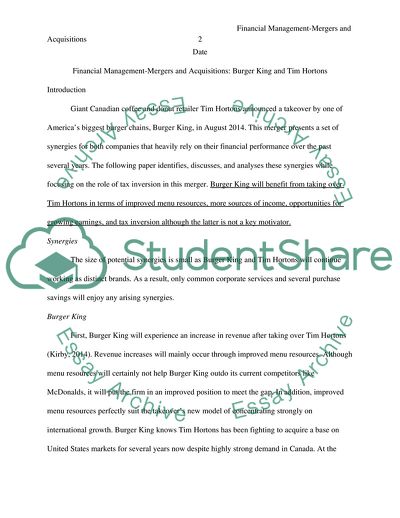Cite this document
(Financial Management - Mergers and Acquisitions Assignment, n.d.)
Financial Management - Mergers and Acquisitions Assignment. https://studentshare.org/finance-accounting/1854631-financial-management-mergers-and-acquisitions
Financial Management - Mergers and Acquisitions Assignment. https://studentshare.org/finance-accounting/1854631-financial-management-mergers-and-acquisitions
(Financial Management - Mergers and Acquisitions Assignment)
Financial Management - Mergers and Acquisitions Assignment. https://studentshare.org/finance-accounting/1854631-financial-management-mergers-and-acquisitions.
Financial Management - Mergers and Acquisitions Assignment. https://studentshare.org/finance-accounting/1854631-financial-management-mergers-and-acquisitions.
“Financial Management - Mergers and Acquisitions Assignment”. https://studentshare.org/finance-accounting/1854631-financial-management-mergers-and-acquisitions.


